The 350+ competitively selected solid-state lighting R&D projects funded to date have resulted in 480+ patents (applied for or awarded) and a huge industry footprint. More than 360 products can be directly traced to DOE-funded SSL R&D, and millions of LED products on the market today have some DOE R&D inside. Those products have contributed to an estimated 300 billion kWh saved, or $37 billion in energy costs avoided, per year through 2025. DOE SSL R&D funding involves a broad mix of partners—from universities to national laboratories, to big businesses to small businesses, and to familiar names in the lighting industry to new players.
But the impacts of DOE’s SSL program go well beyond funding individual R&D projects. DOE’s advanced lighting science and technology research, conducted primarily by Pacific Northwest National Laboratory, focuses on next-generation efficiency potential of SSL to deliver the right amount, spectrum, and distribution of light to the right place at the right time. This research focuses on applications where existing lighting energy usage is high or where rapid growth in lighting energy usage is expected.
ANSI/IES TM-37 Details Causes of Sky Glow, Evaluation Method, Recommendations

DOE technical support and leadership assist broad efforts to understand and quantify the unwanted effects of electric light in the night sky. TM-37 Impacts Summary
R&D Funding Helps OLEDS Become Viable Energy-Efficient Complements to LEDS for General Illumination
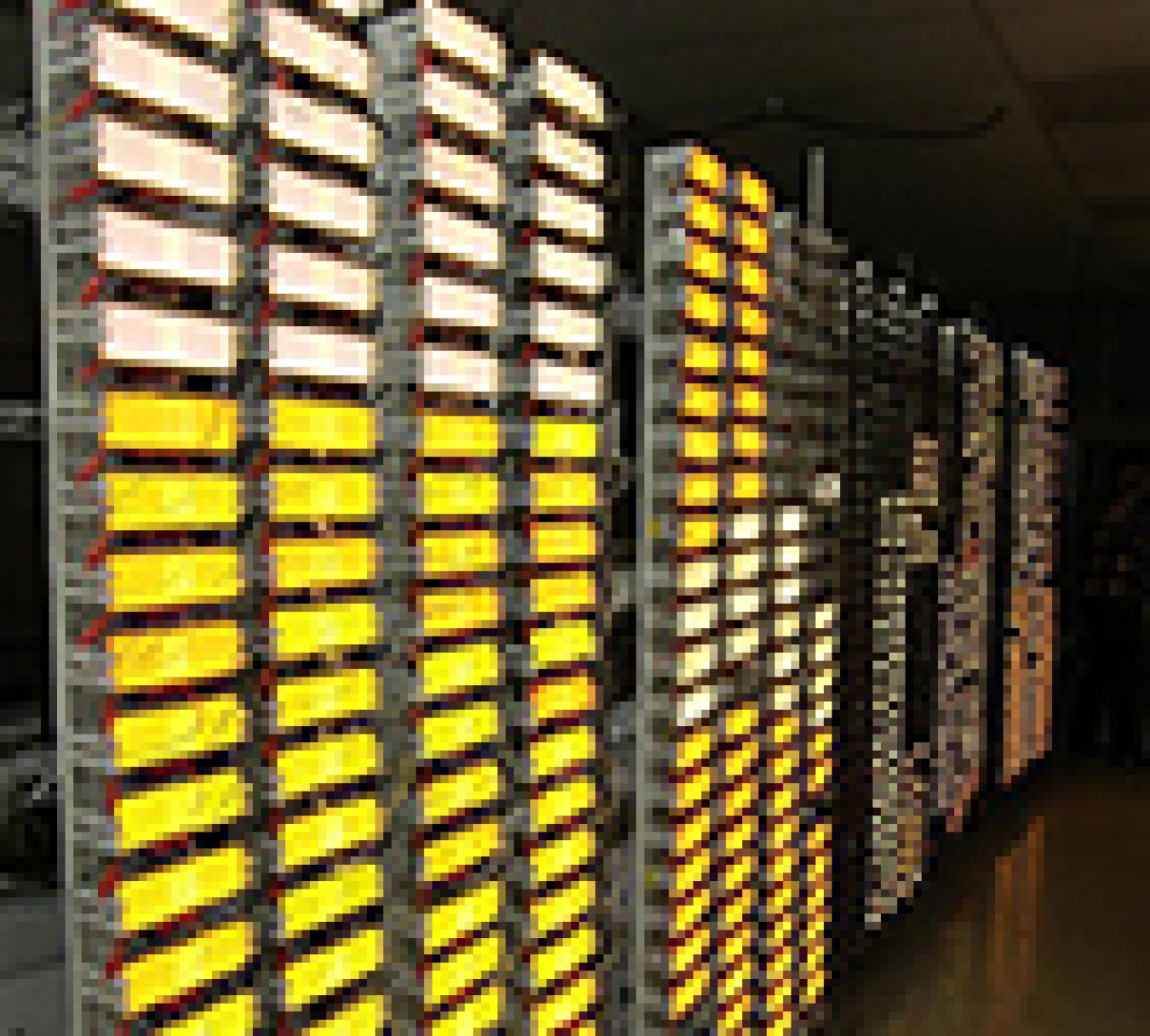
In research projects partially funded by DOE, OLEDWorks is successfully addressing the two biggest barriers to OLED lighting: cost and performance. OLEDWorks R&D Impacts Summary
DOE Spotlight, Technical Support Spur Industry to Address Flicker
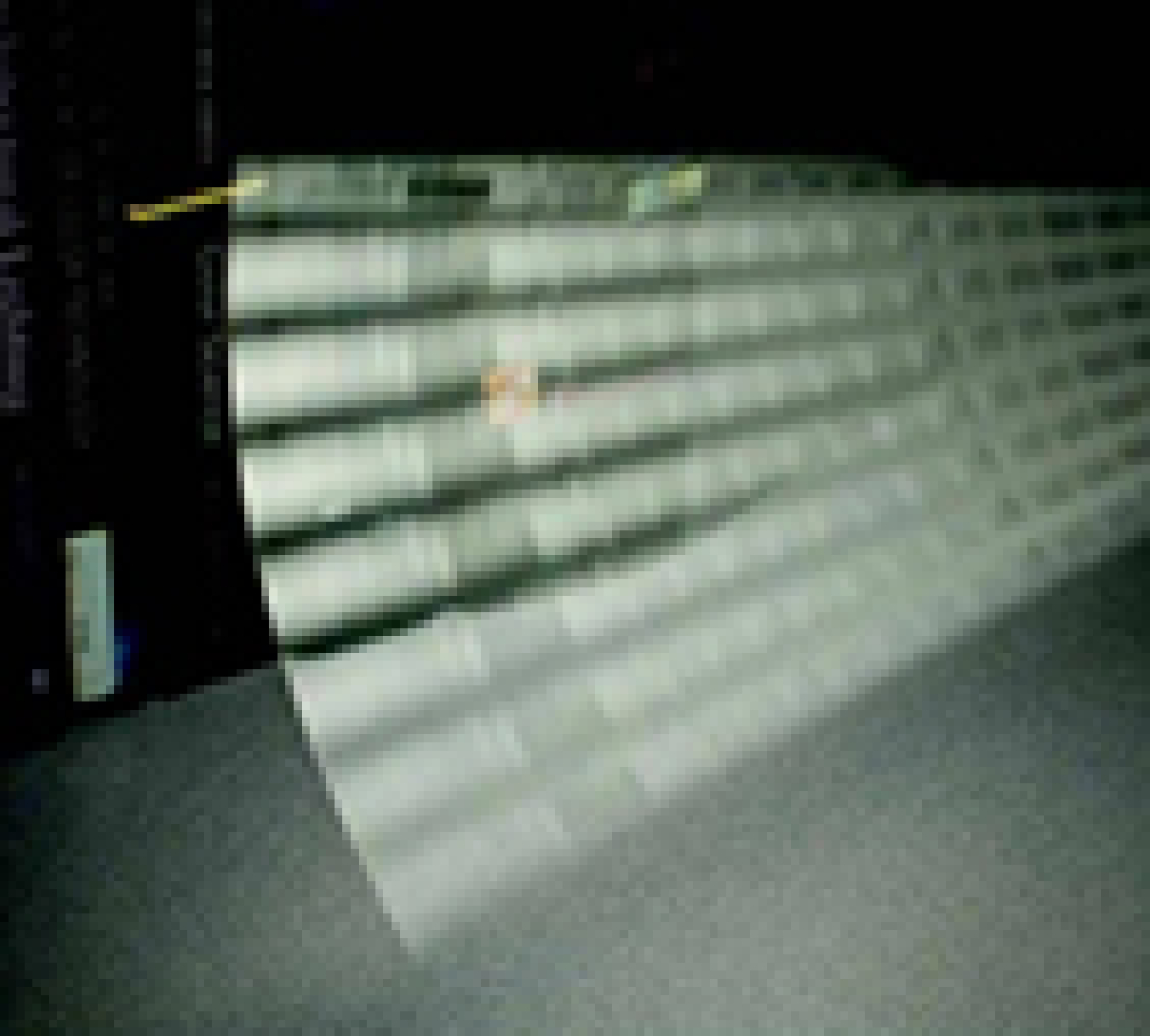
DOE and industry efforts drive development of guidance, standards, and tools related to the issue of flicker. Flicker R&D Impacts Summary
IES TM-30 Offers Comprehensive System for Evaluating Color Rendition of Light Sources

DOE technical support and leadership assist industry efforts to develop new color-rendering methods and metrics. IES TM-30 R&D Impacts Summary
L Prize Competition Drives Technology Innovation, Energy Savings
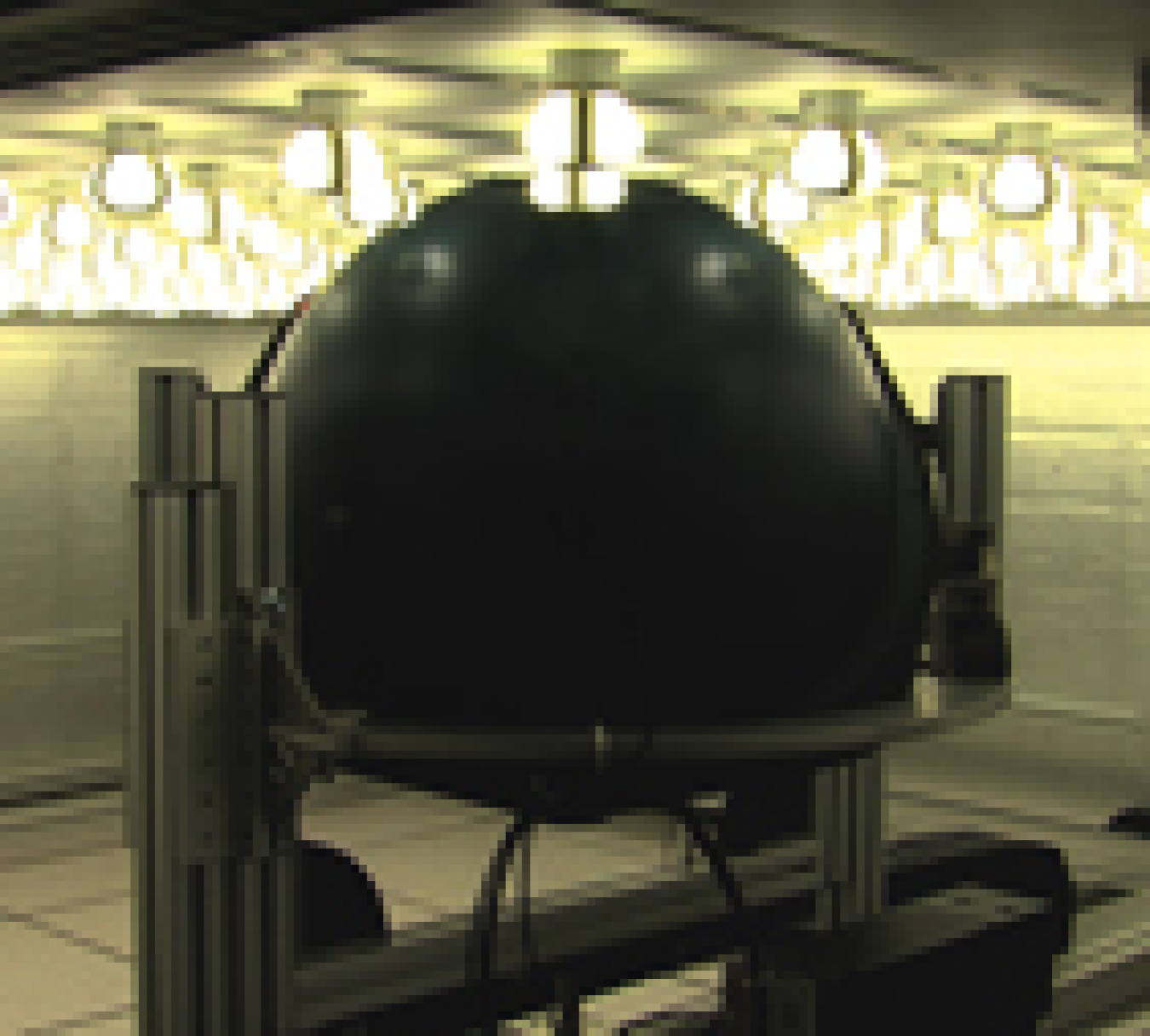
In challenging manufacturers to develop high-quality lighting products that set leading-edge performance benchmarks for the industry, the L Prize® became a gift that keeps on giving. L Prize R&D Impacts Summary
Innovative Phosphorescent OLED Technology is Helping to Make OLED Lighting Market-Ready
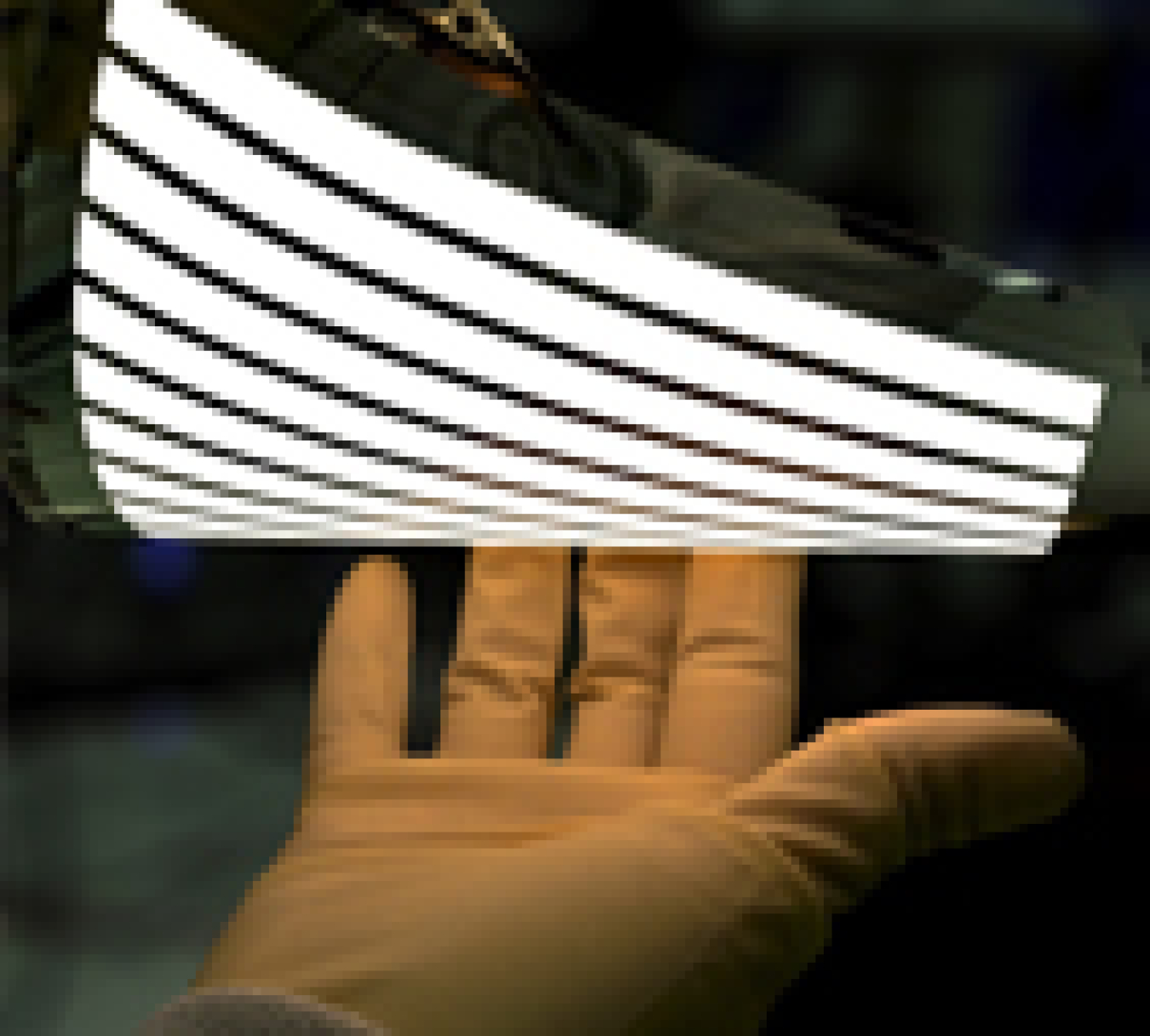
Thanks to research partially funded by DOE, Universal Display Corporation’s OLED technology is increasing the efficacy and reducing the cost of OLED lighting. Universal Display Corporation R&D Impacts Summary
R&D Projects Build on Each Other to Boost Performance, Lower Cost of High-Brightness LEDs
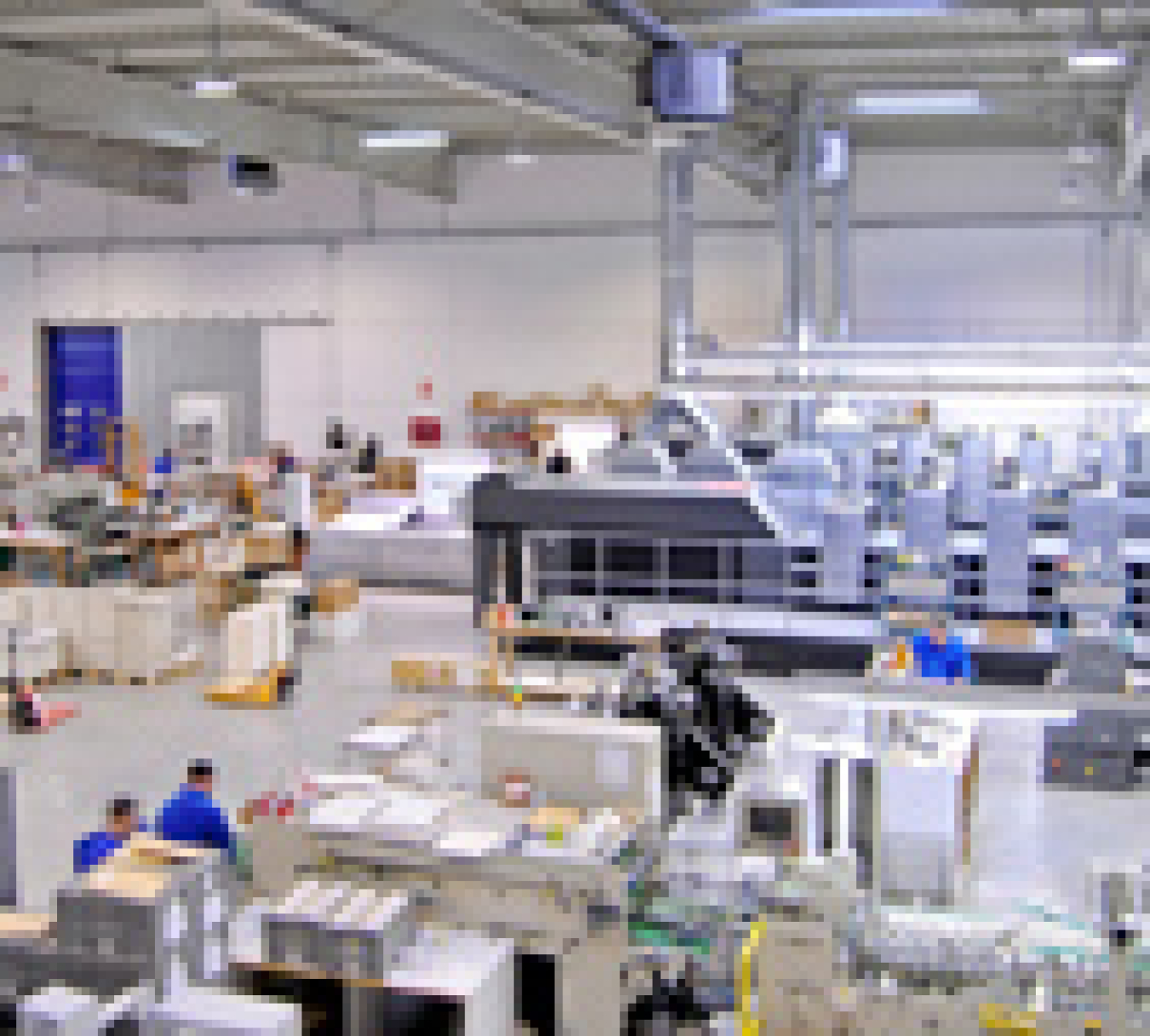
Ten years of research projects partially funded by DOE have already paid off in millions of energy-saving products on the market. Lumileds R&D Impacts Summary
From Chips to Drivers to Luminaires, R&D Projects Lead to Multiple Breakthroughs
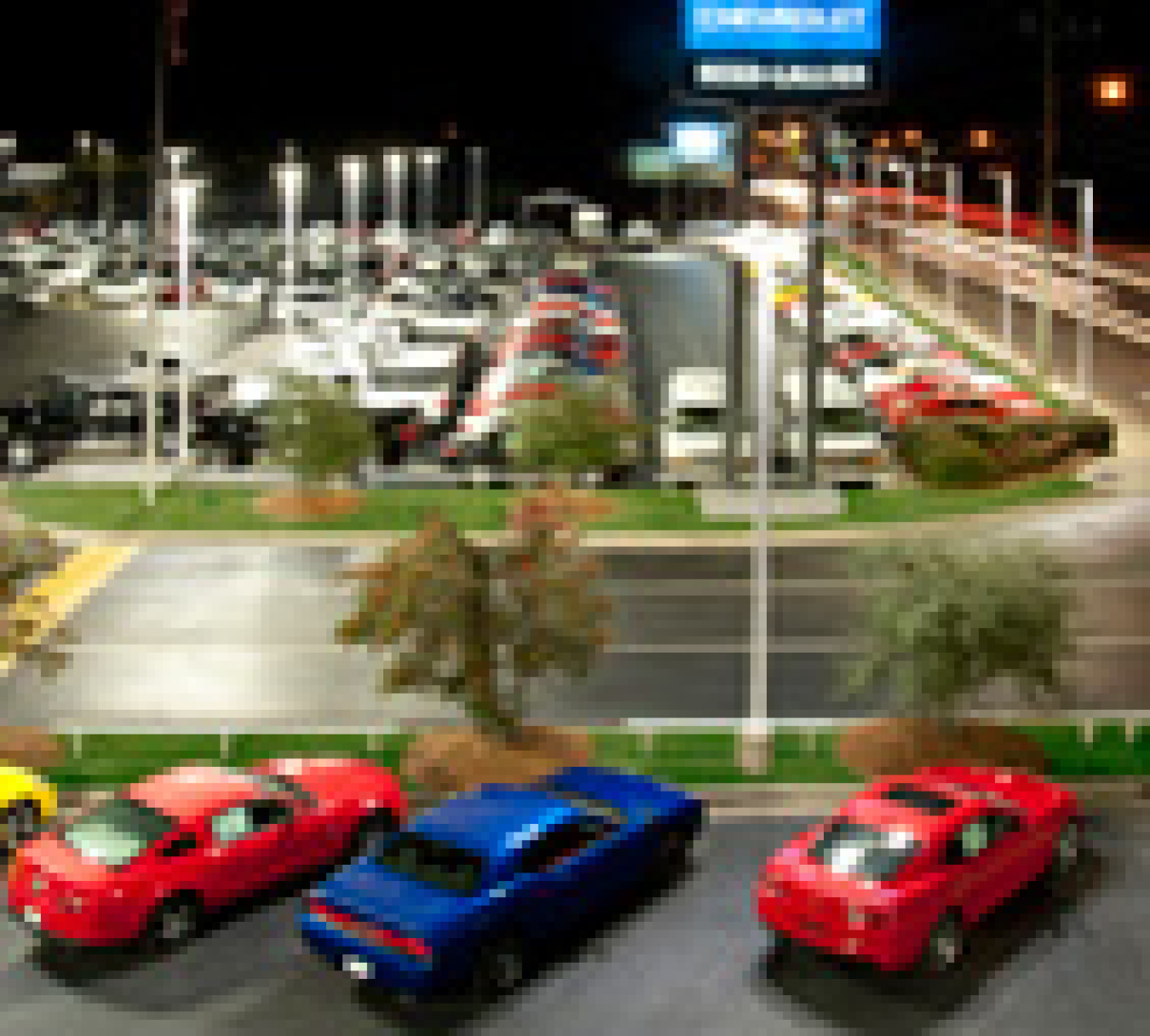
More than a decade of Cree research projects has led to advances in solid-state lighting that have improved the performance and lowered the price of millions of products on the market. Cree R&D Impacts Summary
Innovations in LED Manufacturing Equipment Cut Costs, Boost Quality and U.S. Market Share
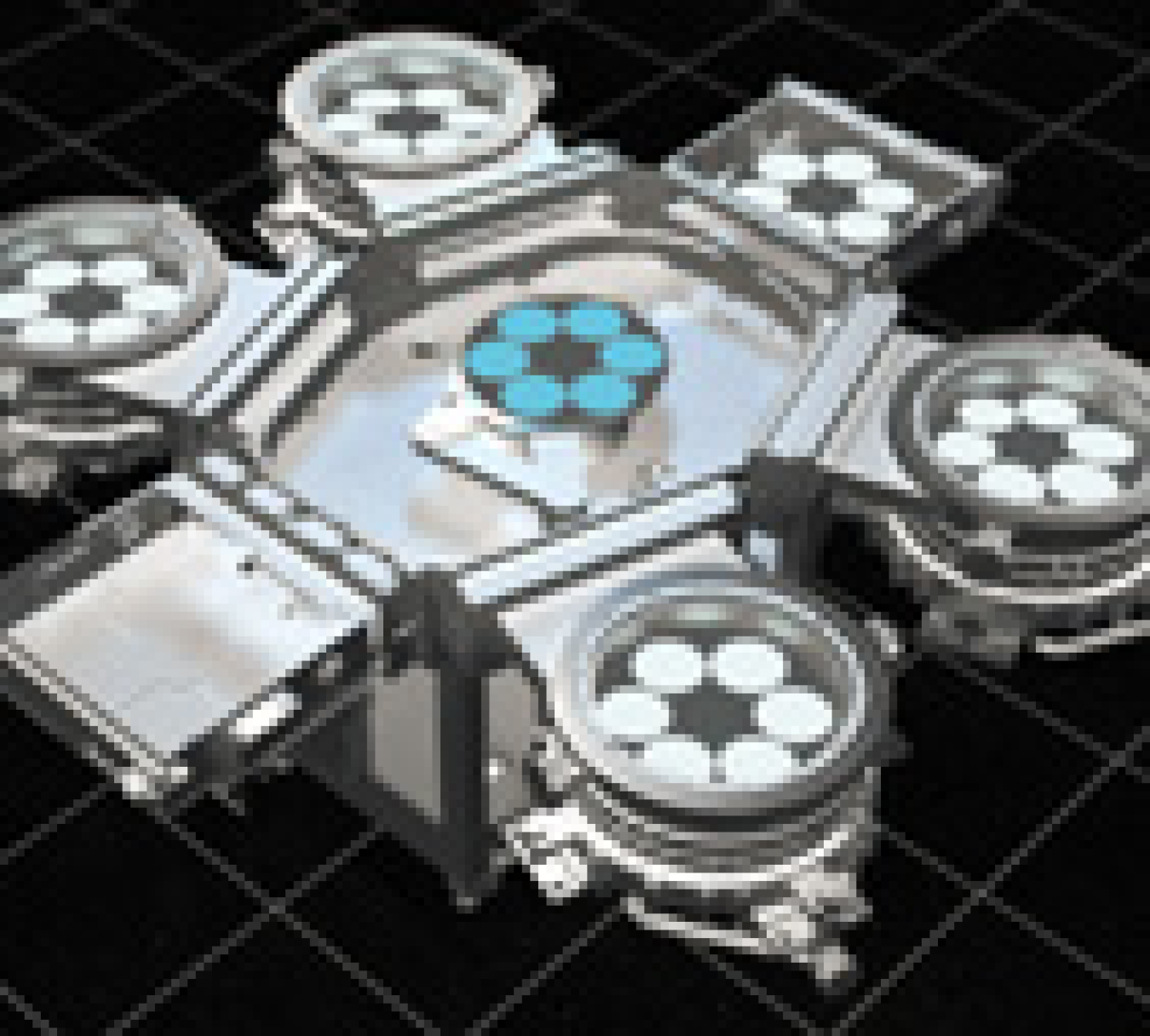
A new generation of equipment manufactured by Veeco is cutting the cost of producing high-brightness LEDs by improving the efficiency and yield of a key step in the process – and, in so doing, is helping to strengthen the U.S. role in a key part of the multibillion-dollar LED manufacturing supply chain. Veeco R&D Impacts Summary
Cutting-Edge Reflector Coating Boosts LED Fixture Efficiency While Reducing Costs
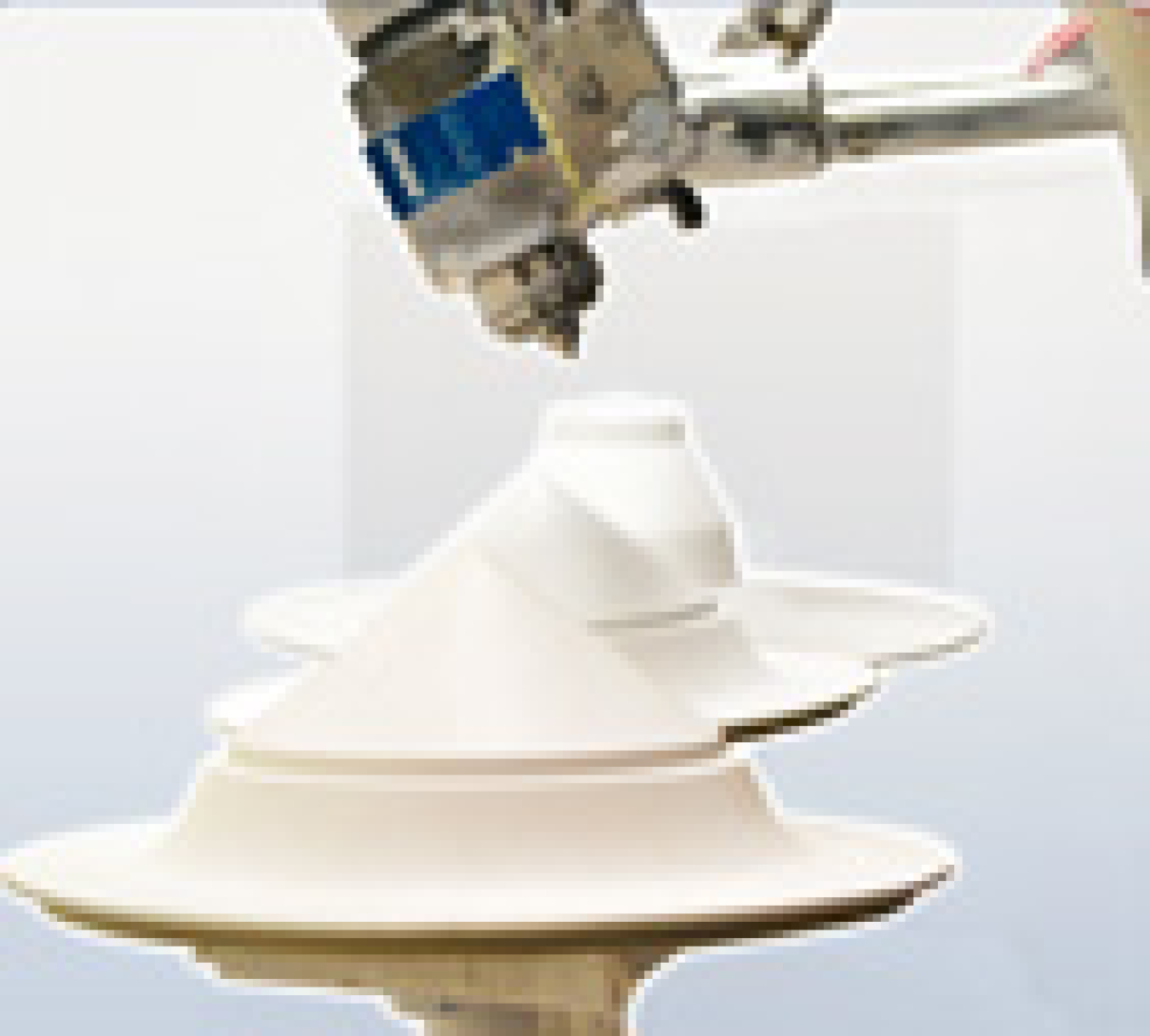
An innovative reflector coating is boosting the efficiency of LED fixtures by directing the light where it is needed and reducing the amount that gets wasted. Higher efficiency means fewer LEDs need to be used, which reduces cost. WhiteOptics R&D Impacts Summary

